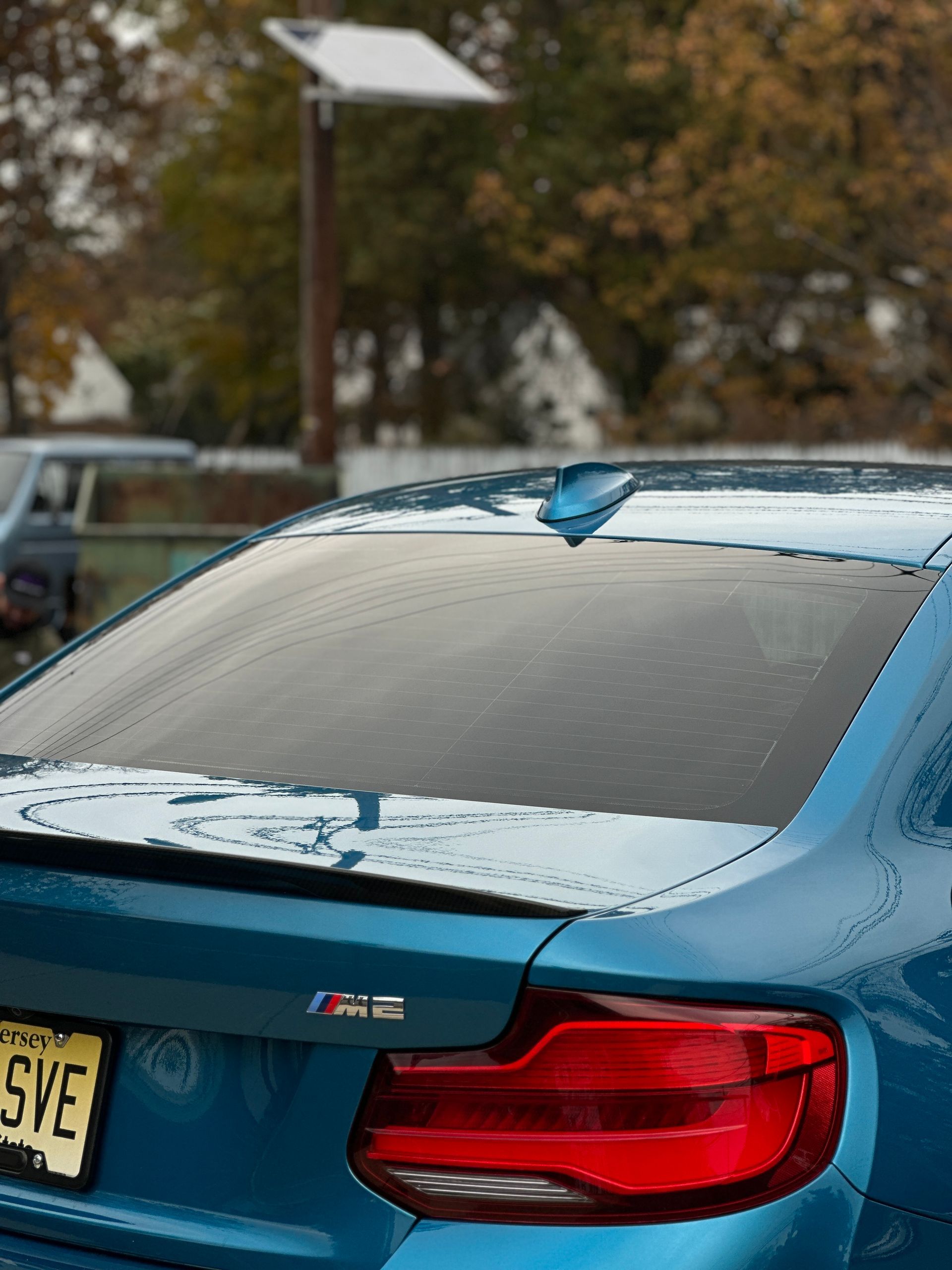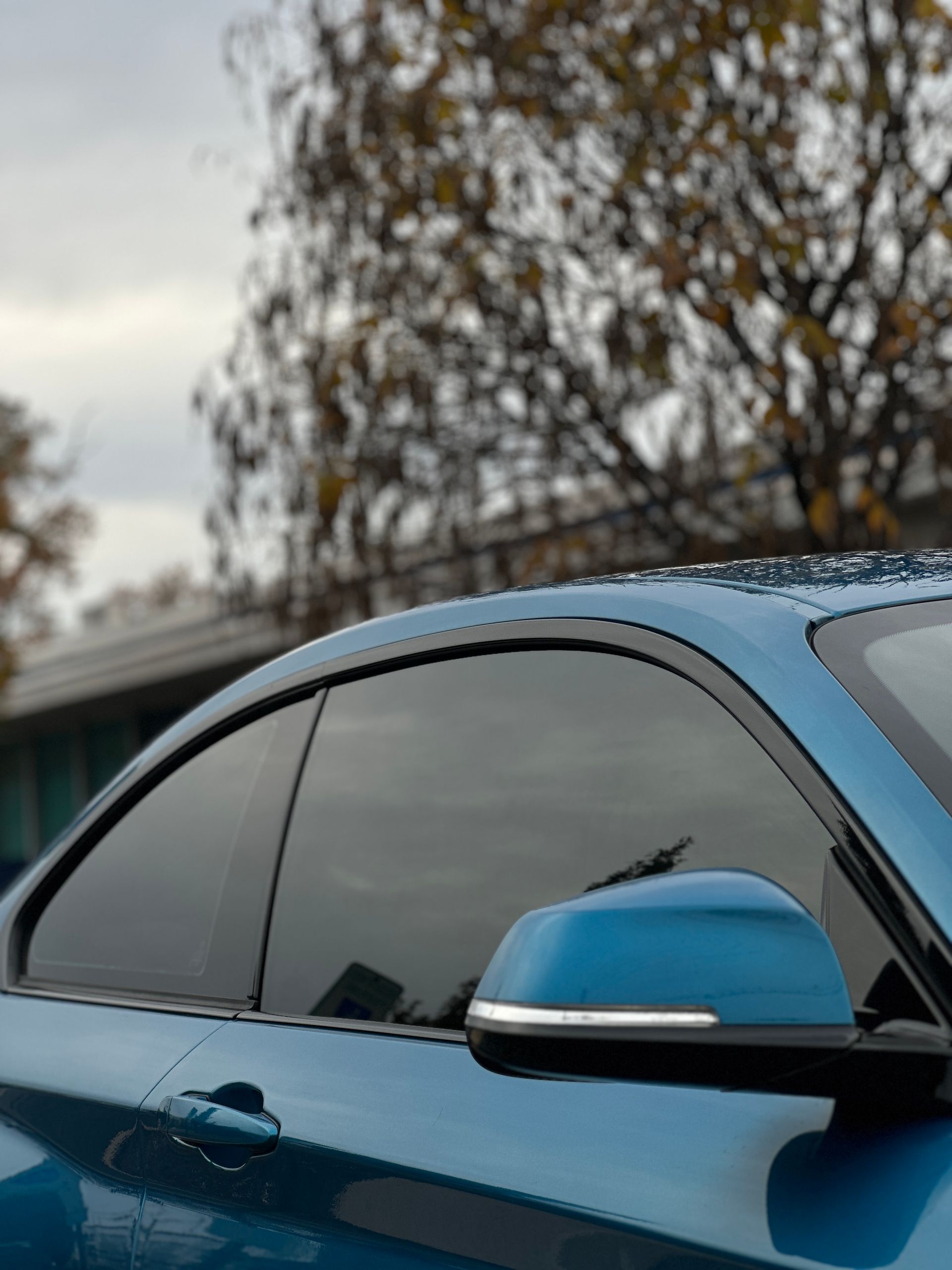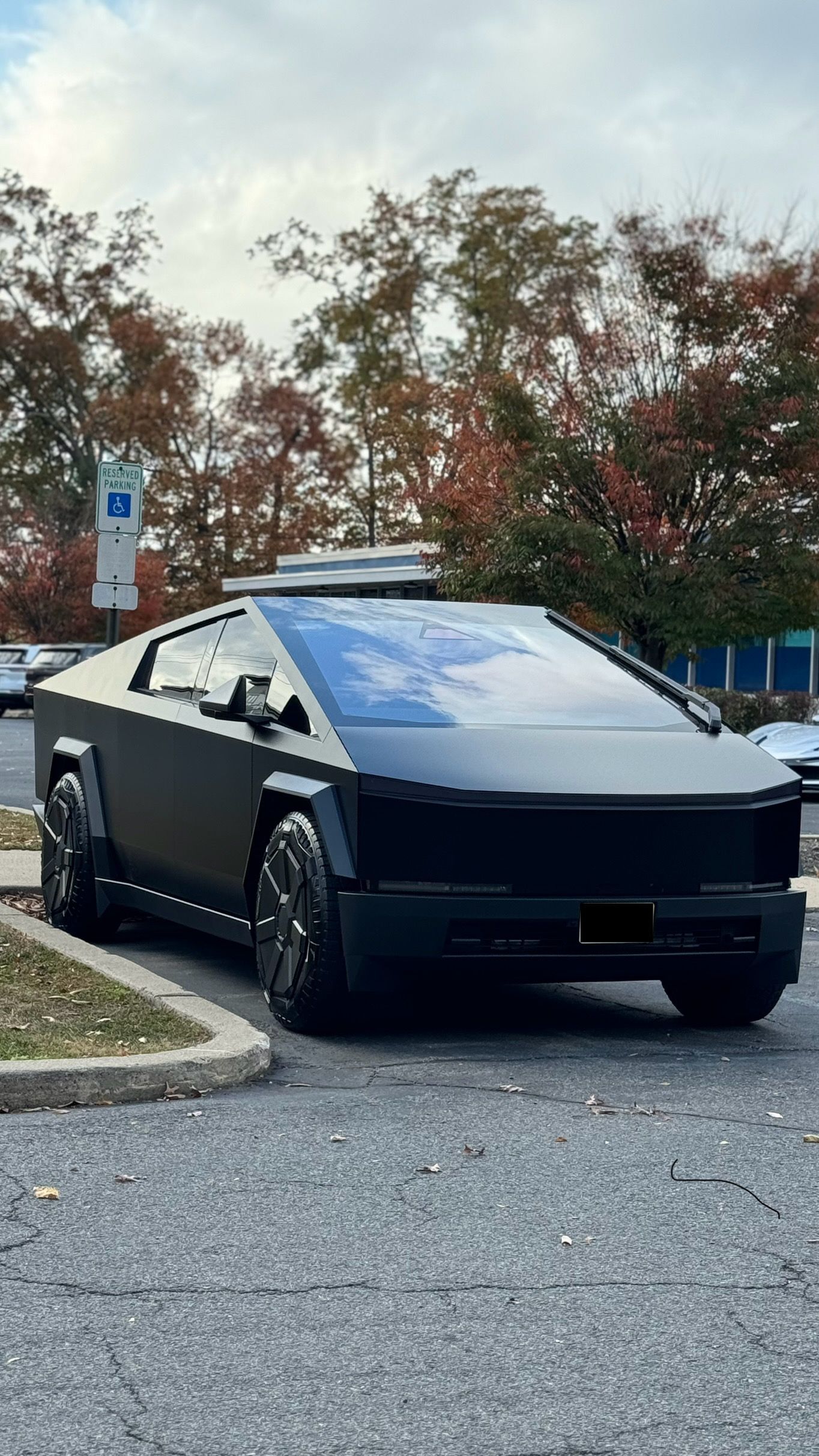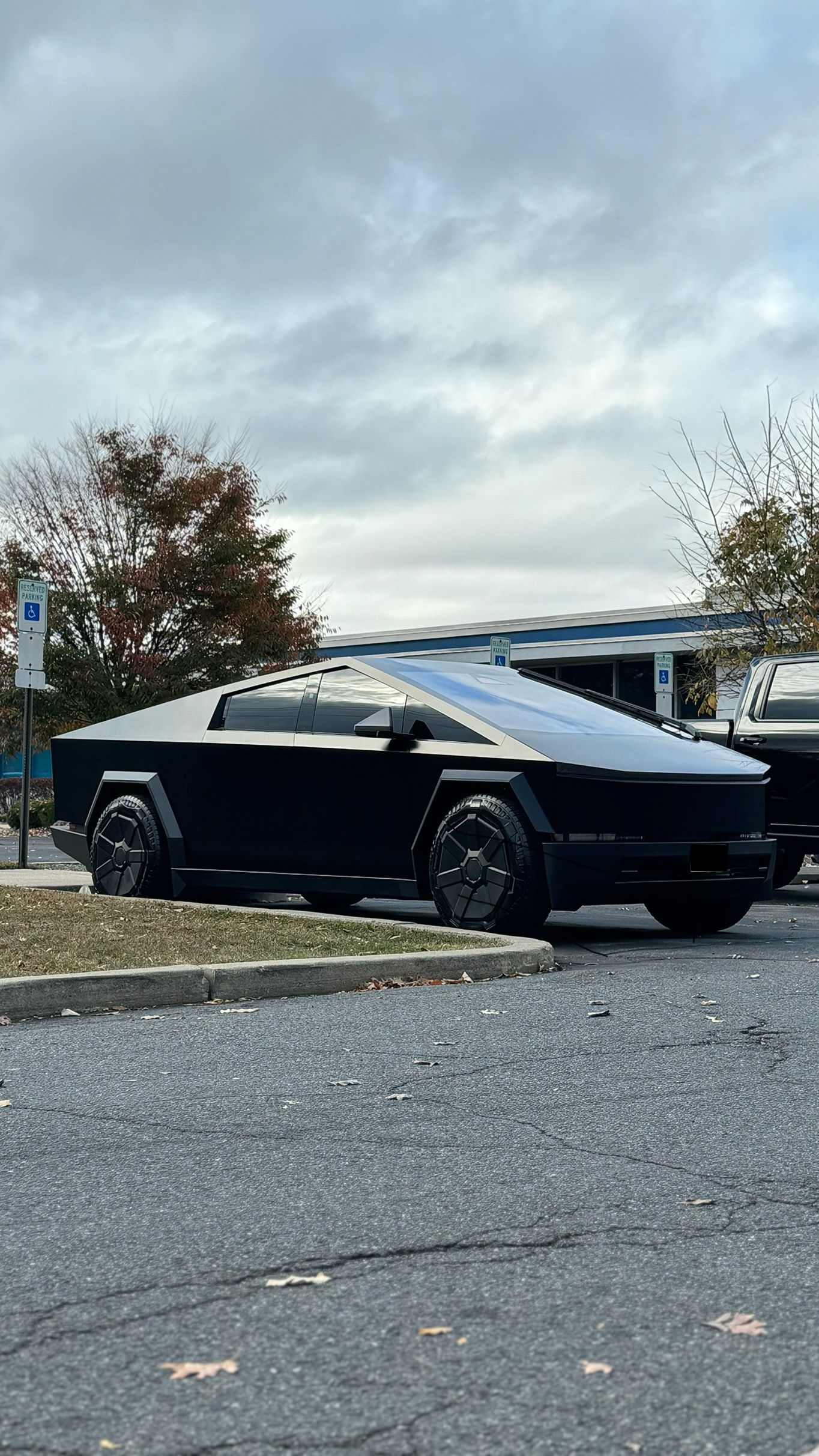Science of Heat-Rejecting Window Films Explained: Technology and Energy-Saving Benefits
GET A FREE ESTIMATEImagine sitting by a sunny window, enjoying natural light without feeling like you're baking inside your own vehicle. That's exactly what heat-rejecting window films promise—a smart way to keep your car cooler and more comfortable by blocking the sun's heat while still letting daylight in. These films use advanced technology that might surprise you; they don't just darken your windows, they work on a tiny, molecular level to stop most of the heat before it even gets inside. If you've ever wondered how it's possible to reduce energy costs and protect your interior from fading without sacrificing brightness, this article will walk you through the science and benefits behind these nearly invisible cooling champions.
What Are Heat-Rejecting Window Films?
Heat-rejecting window films are surprisingly thin, often just a fraction of a millimeter thick, yet packed with advanced technology. Think of them as invisible shields applied to your windows, designed to block much of the sun's heat while still letting in natural light. Unlike simple tinted glass that merely darkens your view, these films selectively interact with sunlight at a molecular level. The secret lies in their layered structure—typically consisting of polyester base layers combined with metalized coatings or cutting-edge nano-ceramic particles. This sophisticated build allows the film to filter out solar heat energy while letting through enough visible light so your vehicle's interior doesn't feel gloomy.
The science behind them is rooted in how sunlight is composed: roughly half visible light, half near-infrared radiation (which carries most of the heat), and a small portion of ultraviolet rays. While traditional window glass passes much of this energy directly inside, heat-rejecting films target primarily the infrared waves—those invisible rays responsible for making interiors sweltering during summer. Advanced films contain tiny ceramic particles in several layers that either reflect or absorb the heat without making the view unclear. This means your vehicle stays cooler without looking darker or distorted.
Another critical feature of these films is their ability to block damaging ultraviolet rays. This doesn't just protect your skin from harmful exposure; it also helps prevent your seats, dashboard, and upholstery from fading prematurely. The benefits extend beyond comfort and energy savings to preserving the longevity and appearance of your vehicle's interior. Materials used vary depending on what performance you want. For example, metallic films emphasize reflecting heat effectively but can give windows a mirrored look, which some vehicle owners dislike. On the other hand, ceramic or nano-ceramic films deliver high infrared rejection with minimal visible tint or reflection—ideal if aesthetics matter as much as performance.
Types of Heat-Rejecting Window Films
Different kinds of window films all share the common goal of reducing solar heat gain inside your vehicle, yet they achieve this with various technologies and finishes that impact both performance and appearance. Knowing the characteristics of each type helps you choose the right film for your needs, whether that's maximizing heat rejection, preserving visibility, or enhancing style.
- Ceramic films: They have taken center stage recently, thanks to their innovative use of ceramic nanoparticles. These particles are non-metallic, which means they don't interfere with electronics—a significant advantage if you rely on GPS or mobile devices in your vehicle. The ceramic particles excel at blocking infrared radiation and harmful ultraviolet rays while keeping visible light transmission high, so you get excellent clarity without compromising heat rejection. You might not even notice it's there because of its nearly invisible look. Ceramic films resist fading and discoloration over time, making them a durable choice for modern vehicles where aesthetics matter as much as function.
- Metalized films: They take a different approach by embedding fine metal particles within the laminate layer that reflect solar energy away before it can enter your vehicle. This metal content makes metalized films some of the more effective heat blockers on the market. However, that metallic finish often creates a mirror-like reflective surface, which some drivers find less appealing when it comes to style. Additionally, those same metal particles can sometimes interfere with radio signals or cell phone reception—something to consider if connectivity is important during your drives.
- Carbon films: They offer an attractive middle ground by combining strong infrared rejection with a stylish matte finish that won't fade over time. Unlike traditional dyed films that lose effectiveness and darken as they age, carbon films maintain consistent performance for years while reducing glare effectively. Their darker shade also adds a subtle privacy boost without the reflective glare of metalized options. For many drivers looking for aesthetic appeal paired with solid heat-blocking power, carbon films strike a perfect balance.
- Crystalline films: They represent an exciting leap forward in technology. These very thin layers have several film layers that block a wide range of solar energy—visible light, infrared, and ultraviolet—without making your windows very dark. Unlike other tints that darken your view and can reduce night visibility, crystalline films keep things exceptionally clear while still preventing a substantial amount of heat from entering your vehicle. Because they combine high heat rejection with excellent clarity, these films are ideal for climates with intense sun exposure or for drivers who want maximum comfort without sacrificing natural light.
Choosing among these types depends on your priorities: if crystal-clear clarity and modern technology appeal most to you, crystalline offers an impressive combination; if durability and signal compatibility matter most, ceramic is unbeatable; but if cost-effectiveness balanced with good performance matters, carbon or metalized might be suitable despite their trade-offs.
Professional Installation Matters
Proper installation is the backbone of effective window film performance. A poorly installed film can bubble, peel, or fail to reject heat as promised, turning a smart investment into a source of frustration. Professional installation significantly increases the chances of long-term success because it ensures precise application under optimal conditions. The first critical step begins before even touching the film—surface preparation. Windows must be immaculately clean to allow the adhesive to bond correctly and prevent debris from creating bubbles or imperfections. Professional installers use specialized cleaners that break down oils and residues without scratching the glass or leaving harmful residues that might compromise the film later.
Even after perfect placement, patience is crucial. Professional-grade adhesives require time to fully cure, during which the bond strengthens and minor surface variations settle. During this period, avoid cleaning or disturbing the film aggressively, as it can compromise adhesion or cause peeling. Temperature control during installation also plays a vital role. Films adhere best within specific temperature ranges. Professional installers understand these requirements and work in controlled environments to ensure optimal results. Many professionals also apply protective sealants along the edges of the film once installed to block moisture intrusion that accelerates edge lifting, extending the life and performance of your window treatment substantially.
Choosing the Right Film for Your Needs
Selecting the perfect heat-rejecting window film isn't just about picking the darkest tint or the one promising the highest heat blockage. It's a nuanced decision influenced by your regional climate, how much sunlight your vehicle faces during daily use, and what balance you want between ultraviolet protection, heat reduction, glare attenuation, and privacy. Beyond climate and driving conditions, personal priorities shape your choice deeply. Some vehicle owners focus heavily on cutting down ultraviolet rays to protect interior surfaces from fading. Others might prioritize reducing annoying glare that hampers visibility or impairs comfort during sunny afternoons. Then there's privacy: certain reflective or tinted films offer daytime privacy without sacrificing outward views, useful in urban areas or parking situations. Consulting industry experts can be invaluable here. Professional installers provide detailed comparisons that break down specifications and performance metrics. These numbers might seem technical initially, but gaining familiarity helps you zero in on products that truly match your needs rather than settle for generic solutions.
Investment and Long-Term Value
Installing heat-rejecting window films involves an investment that varies based on the type of film selected and the size of your vehicle. While this may seem like a notable expense initially, these costs are part of a broader strategy to enhance comfort and protect your vehicle's interior. The most compelling advantage of window films appears over time. By significantly reducing solar heat gain, these films decrease the demand on air conditioning systems. This translates directly into fuel savings and a smaller environmental footprint. Less frequent climate control use also means less wear and tear, extending equipment lifespan and reducing potential repair costs. Think of heat-rejecting window films as an investment in your vehicle's comfort and longevity. Although you pay upfront for professional installation, you enjoy continuous benefits every season. Besides blocking ultraviolet radiation that causes fading and deterioration to seats, dashboards, and trim—preventing costly replacements—these films protect your family's health by filtering out harmful rays.
Beyond monetary considerations, investing in quality window films enhances comfort and security in your vehicle—advantages that contribute significant value alongside practical returns. When budgeting, request consultations for various film types along with professional installation to compare options, warranties, and durability. Heat-rejecting window films represent a smart investment that pays dividends through enhanced comfort, improved interior protection, and long-term value preservation. As temperatures continue to rise and vehicle protection becomes increasingly important, their role in maintaining your vehicle's condition and comfort only grows more crucial.
Professional Window Tinting Services in Hawthorne, NJ
Transform your driving experience with
expert window tinting
from Automotive Specialty Wraps in Hawthorne, NJ. Our precision-installed films reduce glare, block harmful UV rays, and help keep your vehicle cooler while adding a sleek, refined finish. Whether you want enhanced privacy, improved interior protection, or better temperature control, our team delivers flawless results tailored to your needs. Enjoy a cooler, safer, and more stylish ride—schedule your professional window tinting service today!






